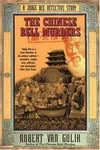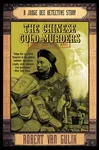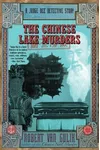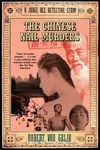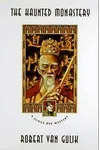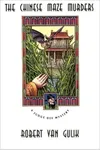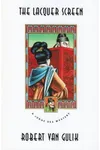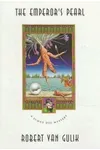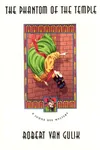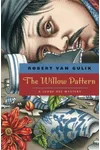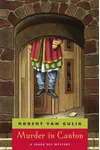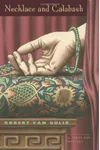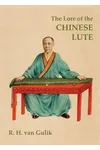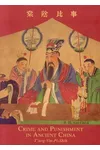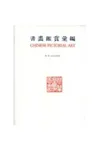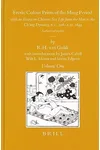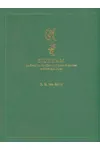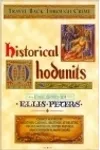Picture a Dutch diplomat weaving ancient Chinese mysteries into gripping detective tales—meet Robert van Gulik! A sinologist, musician, and storyteller, van Gulik brought 7th-century China to life through his Judge Dee series, blending Eastern traditions with Western flair. His unique life, from Indonesia to global embassies, shaped a legacy that still captivates mystery lovers worldwide.
The Making of Robert van Gulik
Born on August 9, 1910, in Zutphen, Netherlands, Robert Hans van Gulik grew up in Batavia (now Jakarta), Dutch East Indies, where his father served as a medical officer. Tutored in Mandarin from age three, young Robert soaked up Asian cultures, sparking a lifelong passion for the East. After earning a PhD from Utrecht University in 1935, he joined the Dutch Foreign Service, with postings in Japan, China, and beyond. During World War II, he married Shui Shifang, a Chinese scholar’s daughter, deepening his cultural ties.
In Tokyo during the 1940s, van Gulik stumbled upon an 18th-century Chinese novel, Dee Goong An, featuring the Tang dynasty magistrate Di Renjie. This discovery ignited his writing career, leading him to translate the work and craft his own stories, merging scholarly rigor with storytelling zest.
Robert van Gulik’s Unforgettable Stories
Van Gulik’s Judge Dee mysteries, spanning 16 novels and several short stories, reimagine Di Renjie as a sharp-witted detective in Tang dynasty China. His first original work, The Chinese Maze Murders (1950), follows Judge Dee tackling six interwoven cases, from murders to conspiracies, in a border town. Published initially in Japanese, it showcased his knack for blending Chinese gong’an (courtroom) traditions with Western detective tropes.
Other standout titles include The Chinese Bell Murders (1958), where Dee unravels a murder in a haunted temple, and The Haunted Monastery (1961), a chilling tale of a Taoist abbot’s mysterious death. Van Gulik’s style preserves Chinese conventions—like solving multiple cases per book—while emphasizing logic over supernatural elements, appealing to Western readers. His vivid settings, rooted in meticulous research, transport readers to ancient China, with Confucian justice and cultural nuances at the forefront.
Beyond fiction, van Gulik penned scholarly works like The Lore of the Chinese Lute and The Gibbon in China, reflecting his expertise in Chinese music, art, and folklore. His calligraphy and guqin playing further embodied his mandarin-like persona, earning him the nickname “Dutch Mandarin.”
Why Robert van Gulik Matters
Van Gulik’s Judge Dee series bridged Eastern and Western literary traditions, introducing global audiences to Chinese detective fiction. His cultural hybridity—merging gong’an storytelling with Sherlockian deduction—pioneered a transcultural genre, inspiring adaptations like the 2024 Netflix series Judge Dee’s Mystery. His scholarly works enriched Sinology, while his novels offered a nuanced portrayal of Tang dynasty life, challenging Orientalist stereotypes.
Despite his death from cancer in 1967, van Gulik’s legacy endures. His stories continue to enchant readers, and his cross-cultural lens remains a model for blending diverse traditions. As a diplomat, scholar, and author, he proved storytelling could transcend borders, making ancient China accessible and thrilling.
About Robert van Gulik
- Born: August 9, 1910, Zutphen, Netherlands
- Died: September 24, 1967, The Hague, Netherlands
- Key Works: The Chinese Maze Murders, The Chinese Bell Murders, The Haunted Monastery
- Notable Trait: Mastered Chinese calligraphy and guqin playing
Snag The Chinese Maze Murders and dive into Robert van Gulik’s thrilling blend of history and mystery!

